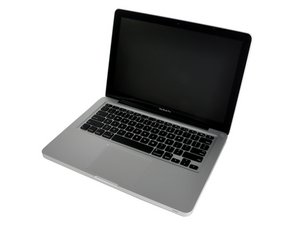I suspect you're really having a HD issue here. Your symptoms are classic of a failed cable and drive. This series has a known issue with the HD SATA cable breaking down. So you'll need to replace both here.
Here's the IFIXIT guide you'll need to follow to replace the cable & drive: MacBook Pro 13" Unibody Late 2011 Hard Drive Cable Replacement.
As to what drive to put in you could go with either a SSHD (hybrid) or a SSD. A SSD is still quite expensive, a SSHD drive will be cheaper and offers the benefits of being larger. Remember you want to leave 1/3 to 1/4 of the drive free for Virtual RAM & Paging.
Depending on what you are doing 4 GB of RAM should be OK, I might go up to 8 GB (two 4 GB memory modules). I would recommend you do one task at a time to make sure your system is working before doing the next upgrade (HD Vs RAM).
Given the fact your system is already in trouble you should get an external SATA to USB adapter like this one: USB 3.0 to 2.5” SATA III Hard Drive Adapter Cable. It will allow you to run your internal drive externally. If you find the system is more responsive with the drive connected this way (it still will be slow but you shouldn't see the beach ball as long if ever). That will give you a clue your drive is still workable (only need to replace the cable). You should reformat the drive (after backing it up) before putting it back in your system if you decide to stick with the drive.
So why did the cable die? The construction of the cable did not protect it enough from the sharp edges of the sheet metal of the frame when you bang the system down. If you look at the case in the mid plane you'll see two black plastic frames the tabs on the bottom cover meet up with. Often I find one or both of the plastic frames broken. I move the good one over to the HD side to help protect the cable I also add some Kapton tape as well around the frame to give it a bit more protection. The other factor here is Apple put into this system originally a SATA II (3.0 Gb/s) drive the cable was only rated for SATA II. Later people would put in a better drive: SATA III (6.0 Gb/s) to discover the lower rated cable would create problems!
You should make sure you get this cable: MacBook Pro 13" Unibody (Mid 2012) Hard Drive Cable - Apple P/N 923-0104.
The last thing here is also making sure the systems firmware is updated (see your other Q for the details). You might want to find a friend with a Mac to help you create a bootable USB thumb drive and download the OS installer from the App Store onto it so you can reformat and re-install the OS, or if you end up replacing the drive prep it up as needed.

 3
3  3
3 
 970
970 
댓글 1개
Here's the full specs for your system: MacBook Pro 13" 2.8GHz i7 (Late 2011)
Dan 의